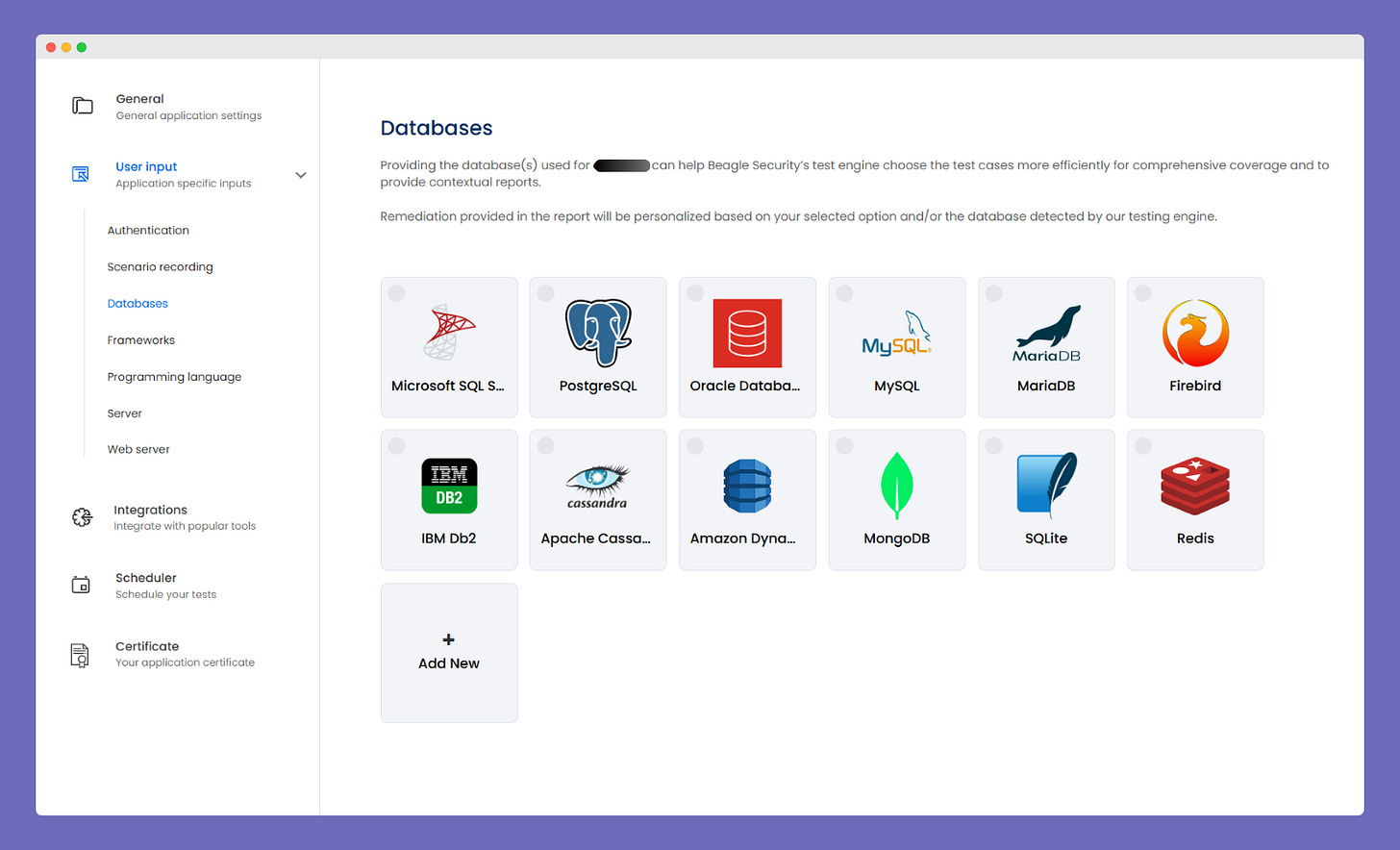What your security dashboard isn’t telling you
Security dashboards are meant to provide clarity. A place where security teams, developers, and leadership can see the big picture: How secure are we? Where are the risks? What needs fixing now?
But for all their flashy graphs, color-coded charts, and severity ratings, the truth is many dashboards leave out critical information that could mean the difference between preventing a breach and reacting to one.
In this edition of All Things AppSec, we’ll explore what your security dashboard might be missing, why it matters, and how you can gain visibility into what actually keeps your applications and infrastructure secure.
The illusion of visibility
Modern security dashboards give the impression of full control. You see vulnerability trends, scan histories, and risk scores.
But these often only reflect what the tool is configured to find, not the actual threat landscape your application is exposed to.
Limited scope: Many tools focus on specific assets or types of tests, leaving out critical components like APIs, business logic, or misconfigured cloud services.
Overconfidence in green lights: Just because your dashboard shows all systems are "green" doesn't mean you're secure. Real attackers don't care about SLAs or compliance checkboxes.
No proof of exploit or attack timeline: Most dashboards don’t show whether a vulnerability was actually exploited or give a timeline of how it was leveraged—making it harder to understand real impact and urgency.
If your dashboard isn’t telling you what you’re not testing, you’re operating in the dark.
The silent gaps in your dashboard
Here are some key areas where security dashboards tend to fall short:
1. Shadow APIs and undocumented endpoints
Your application may have APIs that were never formally documented or secured i.e. shadow APIs—yet they’re live and exposed. Most dashboards won’t tell you they exist unless you're using API discovery tools.
We’ve extensively covered the threats shadow APIs create in a previous edition of All Things AppSec. If you’d like to check it out, find the newsletter here.
2. Business logic vulnerabilities
Vulnerabilities like broken access controls, insecure workflows, or abuse of features (e.g., price manipulation) often go undetected by automated tools and, by extension, your dashboard.
3. Asset inventory blind spots
If your dashboard only tracks assets that have been manually registered or scanned once, you might be missing legacy systems, dev environments, or forgotten subdomains that attackers can find in minutes.
4. Attack surface drift
As your application evolves through CI/CD pipelines, its attack surface changes. Are your security dashboards reflecting new microservices, integrations, or third-party scripts introduced last sprint?
5. Contextual risk
A vulnerability's CVSS score doesn’t reflect how exploitable or impactful it is in your environment. Dashboards rarely provide contextual insights about how vulnerabilities map to business risk.
What your dashboard should be telling you
Here’s a quick checklist to help evaluate the visibility and effectiveness of your security dashboard:
How Beagle Security helps fill the gaps
At Beagle Security, we designed our platform with the understanding that attackers don’t follow your dashboard. That’s why we go beyond the traditional scan-report-repeat loop.
API discovery: Automatically find undocumented or shadow APIs that may expose critical functions.
Dynamic testing: Simulate real-world attack behavior, including business logic abuse and complex authentication flows. Most business logic flows are automatically covered within the scope of the test. Users have the option to provide recordings of particularly complex business logics through the scenario recording feature so that the test engine can cover those flows as well. No stones are left unturned!
Continuous testing: Stay in sync with your CI/CD pipeline so that your dashboard reflects your current attack surface.
Contextual prioritization: Go beyond severity to show which vulnerabilities truly matter based on exploitability and business logic. Our testing process is tailored to your personal tech stack.
Real-time alerts and integrations: Feed actionable data directly into the tools your teams already use.
Our mission isn’t just to help you pass an audit. It’s to help you stay secure in production, staging, and everywhere in between.
Wrapping up
Security dashboards are only as good as the data they surface—and the blind spots they ignore. In a threat landscape that evolves by the hour, visibility means more than charts and checklists. It requires the ability to see the unknown, test the unexpected, and connect security insights to real-world risks.
Don’t settle for a dashboard that just shows you what you want to see. Demand one that tells you what you need to know.
With Beagle Security, you get more than a dashboard. You get a full-spectrum view of your application security—one that evolves with your stack, your risks, and the way real attackers operate.









